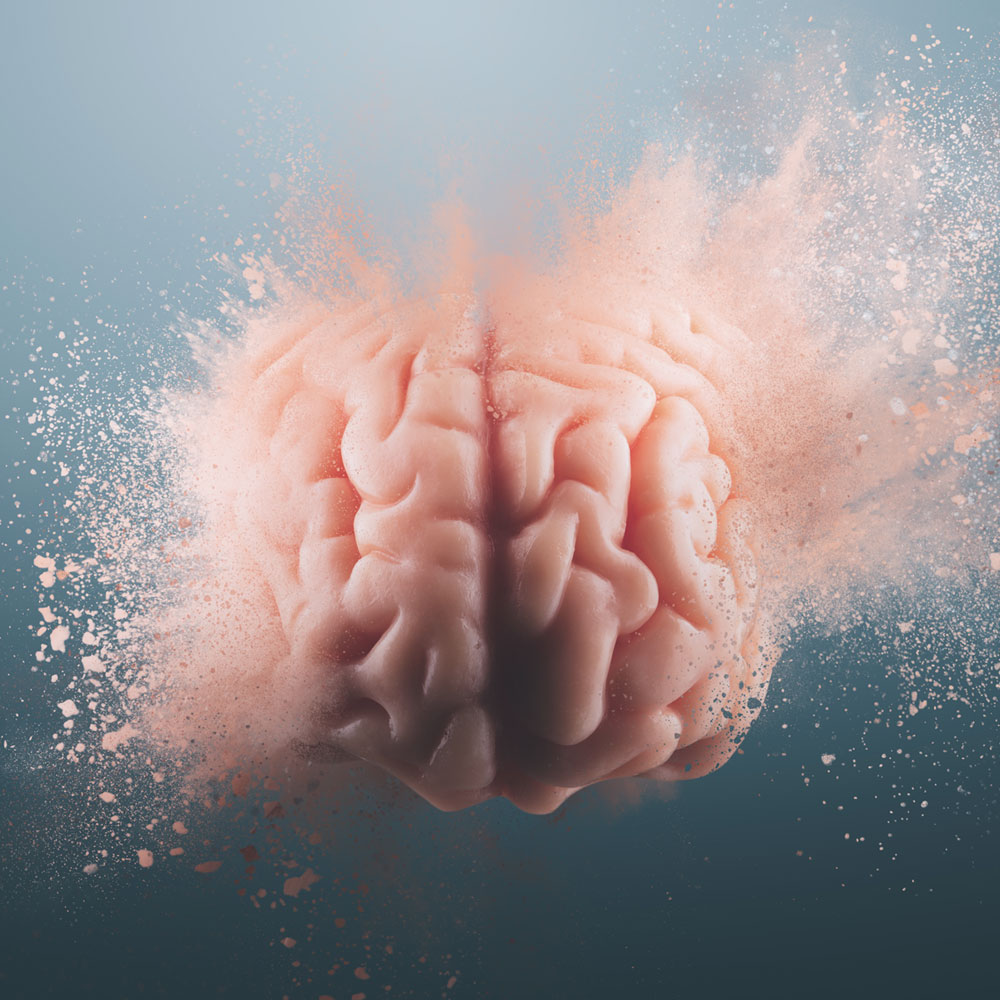5 Organs Affected By Ankylosing Spondylitis

Ankylosing spondylitis (AS) is a peculiar type of arthritis that affects the spine. Ankylosis refers to the fusion of bones of other hard tissues. Spondylitis means inflammation of your spinal bones. So together, this condition is characterized by the inflammation in your vertebrae due to their fusing. This leads to stiffness in your back so severe that it hinders almost all of your movements. In some cases, your spine may even become hunched. Ankylosing spondylitis is a life-long condition. It starts in the lower back region but may proceed to spread to other joints such as your shoulders, ribs, and even hip.1,2
Symptoms of AS primarily manifest between ages 17-45, although it may vary from person to person. Diagnosis is done by a rheumatologist. The scary thing about AS is that in some cases, it tends to affect other organs of our body too. These involve the eyes, heart, kidneys and others. We have listed down 5 organs that may show manifestations of ankylosing spondylitis:1,2
Eyes1,3
Episodes of eye inflammation or acute iritis/uveitis are most commonly seen in patients with AS. Almost 25% of patients experience it at some point in their life. Acute iritis causes eye pain and increased sensitivity to light. It also causes redness of the eye and may even blur your vision. Uveitis usually occurs in the form of attacks lasting for a few weeks. Once again, the degree or severity of inflammation varies from person to person.
If you feel like your eyesight is getting hampered, you should visit an ophthalmologist. Starting your treatment early will prevent serious and long-term damage to your vision.
Heart4
Studies have reported ankylosing spondylitis to be associated with a number of cardiovascular diseases. These include aortitis, conduction disturbances, and cardiomyopathy.
Aortitis is the inflammation of the aorta. Since your aorta carries purified blood from the heart to all the other parts of your body, aortitis may lead to insufficient blood supply and hypertension.
Conduction disturbances i.e. arrhythmias, such as bradycardia (slower heartbeats) and tachycardia (faster heartbeats) lead to inefficient pumping of blood from the heart. You may experience symptoms such as palpitations, fatigue, dizziness, shortness of breath, and chest pain.
Cardiomyopathy is characterized by enlarged but weak heart muscles, which affects the ability of the heart to pump blood. Symptoms include shortness of breath with exertion or even at rest, swelling of the legs, ankles and feet, abdominal bloating, fatigue, and an irregular heartbeat.
Brain5
If the pain is native to your spine, it’s bound to affect your brain one way or another. Studies have shown a link between ankylosing spondylitis and neuropathic pain. Thinning of the brain cortex has been reported. Abnormal gray matter has been found in the brain, which may be related to the gain or loss of a function. In AS patients, these brain abnormalities involve brain areas that are important for somatosensory function, motor planning, pain modulation, emotional processing, and homeostasis.
Lungs6
Manifestations of ankylosing spondylitis in the lungs are little studied. With the use of high-end imaging technology, we can now determine the lung abnormalities resulting from AS. A common lung abnormality long associated with AS is upper lobe fibrosis. Another abnormality observed now is called interstitial lung disease, which includes lung parenchymal changes. Besides these complex abnormalities, AS may also restrict the movements of your rib bones, which in turn may lead to restricted pulmonary function.
Kidneys7
In patients with ankylosing spondylitis, renal function abnormalities include hematuria, proteinuria, and albuminuria. It also increases urine protein, raises serum creatinine, and reduces the Glomerular Filtration Rate (GFR). Certain complications are also observed more in patients currently on NSAID (anti-inflammatory) therapy for AS.7
AS is a chronic disease, but that shouldn’t stop you from leading an active life. Start paying special attention to your posture and stance. Daily exercise can help, and treatment generally revolves around symptom management. Be regular with your visit to the rheumatologist and everything should be under control!2
References:
- Ankylosing spondylitis. Check out. Accessed on 26 December 2019.
- Overview of ankylosing spondylitis. Check out. Accessed on 26 December 2019.
- Your eyes. Check out. Accessed on 26 December 2019.
- The heart in spondylitis. Check out. Accessed on 26 December 2019.
- Wu Q, et al. Neuropathic pain in ankylosing spondylitis: a psychophysics and brain imaging study. Arthritis Rheum. 2013;65(6):1494–1503.
- Momeni M, et al. Cardiopulmonary manifestations of ankylosing spondylitis. Int J Rheumatol. 2011;2011:728471.
- Saigal R, et al. Renal function in ankylosing spondylitis. Indian J Rheumatol. 2017;12:156-9.




